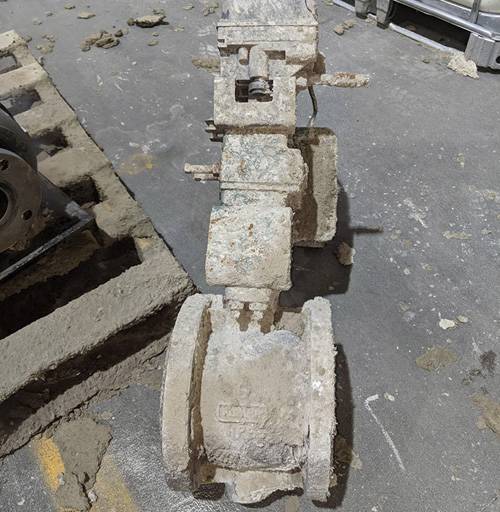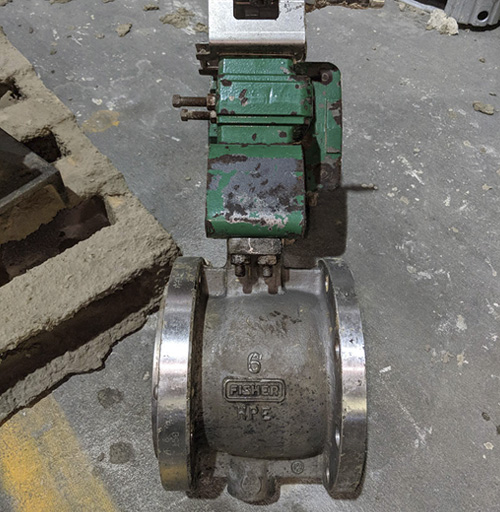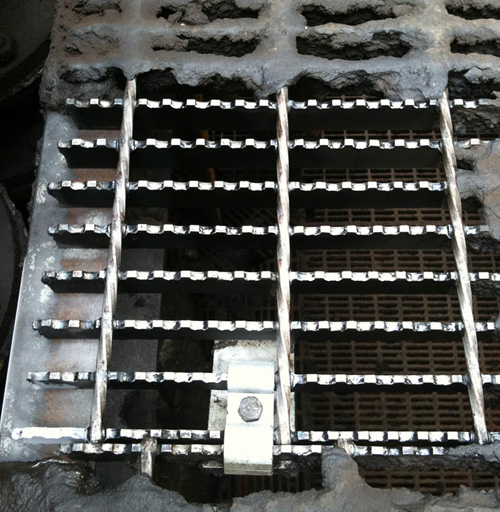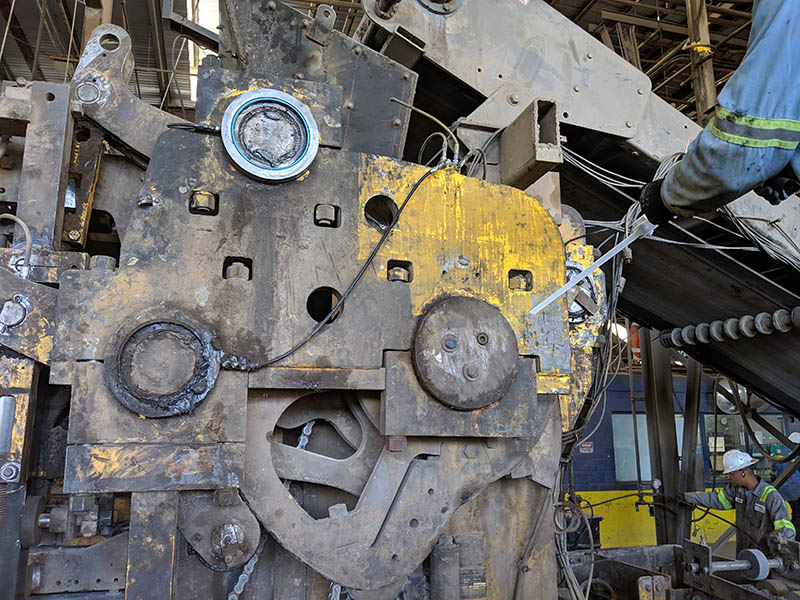Over 25 years of practical experience in protective coatings and concrete remediation.
Quality Management Systems: ISO 9001:2015
Over 25 years of practical experience in protective coatings and concrete remediation.
Quality Management Systems: ISO 9001:2015
Roxby Downs
South Australia
0414 727321
sales@abchem.com.au
CO2 cleaning works because of three primary factors:
1. Dry ice kinetic energy,
2. Thermal shock effect, and
3. Thermal-kinetic effect.
Cold Jet optimises blast performance for each application by combining these forces and adjusting:
Compressed air pressure
Blast nozzle type (velocity distribution)
CO2 media size and density
CO2 mass rate and flux density (particles per unit area per second)


The Cold Jet process incorporates high velocity (supersonic) nozzles for surface preparation and coating removal applications. Since kinetic impact force is a product of the pellet mass and velocity over time, the Cold Jet delivery system achieves the greatest impact force possible from a solid CO2 pellet by propelling the pellets to the highest velocities attainable in the dry ice blasting industry. Even at high impact velocities, and direct head-on impact angles, the kinetic effect of solid CO2 pellets is minimal when compared to other media (grit, sand, etc). This is due to the relative softness of solid CO2, which is not as dense and hard as other projectile media.
Also, the pellet changes phase from a solid to a gas almost instantaneously upon impact, which effectively provides an almost non-existent coefficient of restitution in the impact equation. Very little impact energy is transferred into the coating or substrate, so the Cold Jet blasting process is considered to be non-abrasive.
Instantaneous sublimation (phase change from solid to gas) of CO2 pellet upon impact absorbs maximum heat from the very thin top layer of surface coating or contaminant. Maximum heat is absorbed due to latent heat of sublimation.
The very rapid transfer of heat into the pellet from the coating top layer creates an extremely large temperature differential between successive micro-layers within the coating. This sharp thermal gradient produces localised high shear stresses between the micro-layers. The shear stresses produced are also dependent upon the coating thermal conductivity and thermal coefficient of expansion / contraction, as well as the thermal mass of the underlying substrate. The high shear produced over a very brief period of time causes rapid micro-crack propagation between the layers leading to contamination and/or coating final bond failure at the surface of the substrate.




The combined impact energy dissipation and extremely rapid heat transfer between the pellet and the surface cause instantaneous sublimation of the solid CO2 into gas. The gas expands to nearly 800 times the volume of the pellet in a few milliseconds in what is effectively a “Micro-explosion” at the point of impact.
The “Micro-explosion,” as the pellet changes to gas, is further enhanced for lifting thermally-fractured coating particles from the substrate. This is because of the pellet’s lack of rebound energy, which tends to distribute its mass along the surface during the impact. The CO2 gas expands outward along the surface and its resulting “explosion shock front” effectively provides an area of high pressure focused between the surface and the thermally fractured coating particles. This results in a very efficient lifting force to carry the particles away from the surface.

Mining is big business with big assets. Keeping that equipment producing, is big money.
Cold Jet cleaning offers the most environmentally friendly way to clean Electrical equipment, Power Generation equipment, Draglines, Electrical cabinets, Wheel and Traction Motors, Radiators, Sulphur Spills and clean up, plus many other cleaning applications in the Mining, Oil and Gas fields.
Due to the no secondary waste benefit, this technology can be utilised for quicker cleaning, and equipment can be re-energised more quickly without all the Pre- and Post-Cleaning activities generally associated with traditional cleaning techniques. Waste disposal costs and activities are also greatly reduced.
Dry ice will effectively clean, Oil, Grease, Coal dust, Soot, and Black Jack, generally without all the disassembly usually required. Dry ice is dry and non-conductive, so it leaves treated surfaces intact, clean, free from residues, and free of traditional blast media.
Large Electric motors can be cleaned onsite without chemicals, increasing efficiency and minimising risks. Turbines are also regularly cleaned to allow for NDT to be performed quickly and easily in a fraction of the time, without the worker injuries and potential damage to the equipment.
AB Chem © 2020